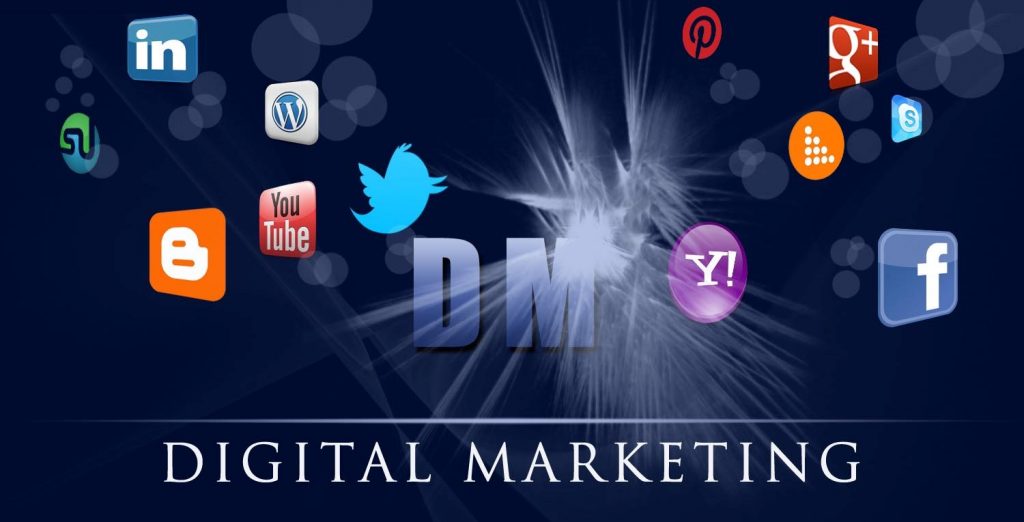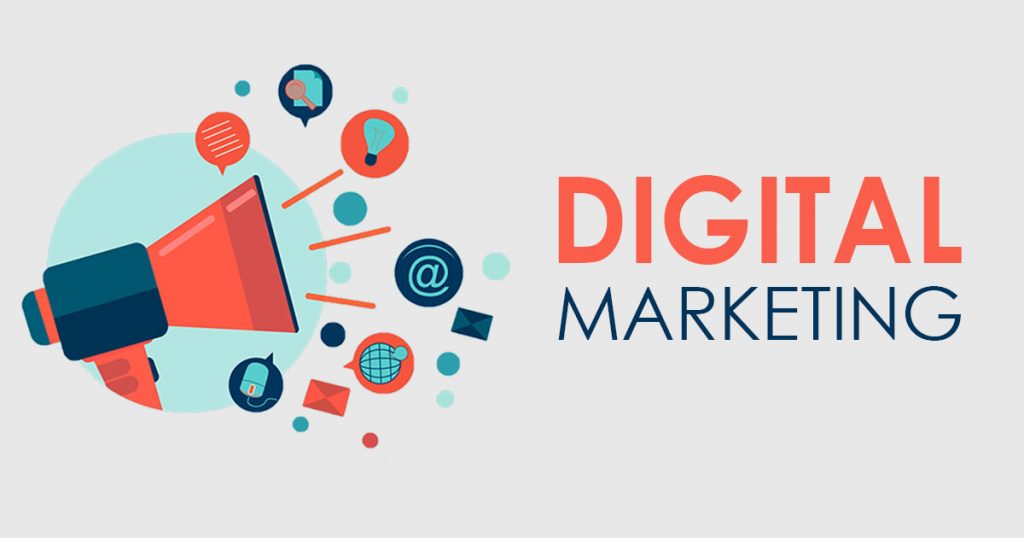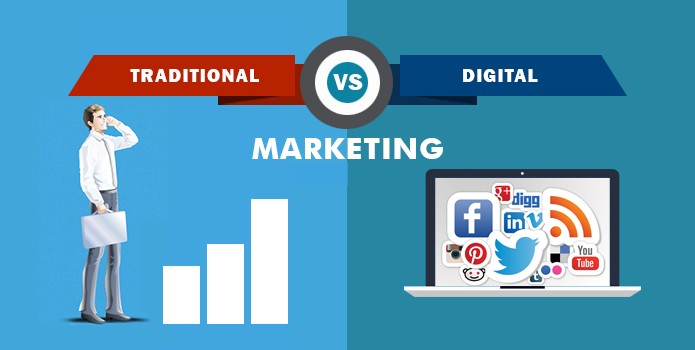No matter what kind of business you do—you can’t do without marketing. If you don’t market your business, people will not know about it and they will not buy your business products and services as well. That means your business will suffer financially!
As you are thinking of growing your business or starting your business, you must consider developing a successful marketing strategy. If you do your marketing well, the sales will follow. But if you don’t do it well, you’ll have to struggle in getting sales opportunities.
There are 6 pillars of a successful marketing strategy.
In your planning process, you must have in mind these 6 pillars of a successful marketing strategy and develop your plan around it. Remember that if you plan well, you will do well. And the way to plan well is to wove it around the keys and pillars that will make it successful.
Well, let us now look at the six pillars of a successful marketing strategy.
Pillar #1: Problems
The first thing you need to plan your marketing around is problems. Your customers don’t care about you—they don’t care about your sales and financial goals. They care about themselves, their problems and how they are going to solve them.
So first of all, focus on the customer’s problems. Ask yourself: What problem do we want to solve for our customer? So you must be clear about the problems and needs of your target customer. Once you understand their problems and how to solve them, you have laid the foundation of your marketing strategy.
Pillar #2: People
The second thing you need to have in your marketing strategy is to develop a perfect profile of your target market. You must develop what is called a “buyer persona”—the profile of your ideal customer. You must know who your target market is, how he or she can be identified and how to fish him out.
These “buyer persona” must contain the geographic (location/residence), demographic (physical identifiers) and psychographic (emotional and mental identifiers). The way to get this information is to do a survey, study or observation.
Pillar #3: Product
Once you know the problem or need of your target market and why they need or have that problem, then you understand the importance or relevance of your product to them. You will understand how your products or services fit into their problems.

Remember that your customers don’t care about your products and services. They care about their problems and how to solve them. So your product or service must provide an exceptional service to them. This is the highway for business referrals and business growth.
Pillar #4: Place
You know your target market; you understand their problems and needs and you know how your products and services help them solve their problems. But the question is where do you find them to network with them?
Now, if you have done your homework well on the second pillar of a successful marketing strategy, you will know the place to find your customers. Your customer can both be found online and offline. Online—which forums, groups and social media platforms do they linger the most? Offline—which geographical locations can they be found and when can you find them?
Pillar #5: Positioning
Once you know where your target market can be found—online and offline—the next thing to do is to develop your positioning statement. You need to position your offerings in a way that will attract them and entice them to you.
Once again if you do your homework in the second pillar, it will be easy to position yourself in the mind of the customers. Here you use words, photos and logos to position yourself in their mind so as to attract them. This is where content creation, branding and brand message development comes in!

Pillar #6: Promotion
Promotion is the next step where you develop the ways and means by which you reach out to your target customer. You know who your customer is; you know his or her problems; you know where and when to find him or her; you know which marketing content will best attract him/her and you have created them as well. What next?
Promote your contents to your target market. Promote your brand message to them using digital and traditional promotional channels. Use blog, social media, forums, groups, radio, TV, magazines and many other channels that will best reach them to promote the contents.
Conclusion
As you put your team together and plan your marketing based on these 6 pillars of a successful marketing strategy, the next thing that will happen is profits. If you understand your customer, his or her problems, design your product/service to solve his or her problems, identify his/her place, know how to position and promote your offerings to him/her—the next thing that will happens is profits!
The 6 pillars of a successful marketing strategy when put in place, well executed and monitored will always lead to continuous stream of customers which will generate profits for business growth!
What do you think of the 6 pillars of a successful marketing strategy? Share your comments below!
For a strategy session to develop a digital marketing strategy to help market and promote your business online via digital channels—kindly get in touch with us. You can also get in touch for website/blog development, content writing, social media marketing and brand management activities.
Expand Ghana
E-Mail: [email protected] Call: +233548334499









Users and companies have been changing their behavior/strategies towards mobile apps and social media, in prejudice of websites.
Social media is becoming increasingly important (some companies are not even bothering to build a website). Today, nearly 80% of business have a dedicated team, social media is now a standard operating procedure.
Sports stars, like Lionel Messi, Kobe Bryant and Cristiano Ronaldo, have left websites almost completely and are engaging with their fans via Instagram, Facebook and Twitter. The website they own is not devoted to the player itself or to sell products, but as a place to promote their social media profiles.
An interesting example is obsessee.com. obsessee.com has as its only function to connect to their various social media profiles. And there are other examples of brands that only exist solely on social media.
There are more than one million apps in major app stores, something like an app for any circumstance in our life. In the scientific literature, there are evidences that users prefer to use Mobile Applications instead of web browsing, and stores which have an app have more chances of selling their products than those who do not (Kang, Mun, & Johnson, 2015).
This evidence suggests a change in users’ behavior and companies’ strategy towards Websites, influenced by the increasing use of Social Media and Mobile Apps.
As an expert, what do you think about this?
Why do you think users are changing their behavior?
Can you imagine this a problem to the future of websites due to its (probable) decreasing use?
Are you considering this behavior change in a marketing strategy?
Yes it is true, websites are becoming obsolete—but blogs are not becoming obsolete. The reason they are becoming obsolete is because it is not focus on providing content for the audience but about the company. Customers don’t care about the company, they care about themselves!
There are many companies and business that have not updated their website ever since it was created or even in a whole year. This is because they don’t know the role of their websites in marketing and business communications.
But you see, companies with a blog on their websites—have a more powerful engine to fuel their social media profiles and other mobile apps with ever going fresh contents. Don’t forget that social media platforms and mobile apps are always hungry for valuable and relevant content on consistent basis to stay useful to their users. And the way to do this is by blogging consistently!
Due to the ever-increasing use of social media—attention has drifted from websites. Blogs on websites helps to draw traffic from social media to the website and make the website useful to the company.
Therefore, the way to deal with this is to create a blog on company websites. Then, set up team of people to create valuable, relevant and high quality contents on consistent basis. These contents can then be shared on social media platforms and mobile apps—driving traffic to the website.
With the help of call-to-actions and auto-responders, businesses can then build their email list and then focus on lead generation and business development.
Don’t forget—no company owns their Facebook fans—Facebook does. Facebook even controls who sees your posts and sometimes asks you to pay for them to increase the reach of your post. On top of that the social media platforms are also businesses—and they are in business to make money through advertising. The free medium they provide is to make more people use their platforms!
The way forward is to set up a blog on your company page, set up a content management team and social media management team. The content management team creates will create content and publish it on the blog. The social media management team will share the content on social media and drive traffic back to the blog—to get people to subscribe for an offer or buy a product—hence increasing business opportunities for the company!
You really found a way to make this whole process easier.
Good point. I hadn’t thuoght about it quite that way. 🙂
I agree with you but what if users do not want to use websites/blogs anymore?
Imagine the following scenario:
On my Facebook news feed, I find an article about Denver Rock ‘n’ Roll Half Marathon and while reading the comments I feel compelled to participate. Through the Rock ‘n’ Roll Marathon Series Mobile Application I can make the online registration. Since I live in Lisbon, and never visited Denver, I decide to stay for some days after the event. On Airbnb app I rent a place for those dates. The Air Transportation app provides me with the ideal platform for flight booking and online check-in. At Denver, Uber’ or Spinster’ apps are perfect to move around the city. Again, on Facebook, it is possible to search for a group of runners in order to keep up with the necessary stamina for the event and maybe to get to know the Half Marathon route. While in Denver I can use Trip Advisor app or Foursquare Social Media platform to choose the best restaurants and use Google Maps or the Official Denver Visitor App to see main spots to visit…
This scenario illustrates the possibility of making everything by only using apps and social media platforms, without the need of visiting a Website. And I can imagine several other scenarios with the same output.
A paradigmatic example comes from China. WeChat app is becoming the dominant portal to the web. WeChat users can book doctor appointments, pay traffic fines, and call a cab all directly from the app. So in addition to not needing to visit a website, they do not even need to visit another app. (The ridesharing apps just integrate with WeChat, which acts as a hub.)
Strategically thinking, does it makes sense to lead users to our website when it seams that they are not in to it?
Ricardo, understand that digital marketing is a plan.
It is not about mobile apps, social media, websites, blogs, search engines and so on. All these platforms are simply vehicles you use to achieve your digital marketing goals.
There are things an app can do, a blog can’t do. There things a website can do and a blog can’t do. There also things social media can do that an app can not do! And vice versas!
Just understand this: If you choose to neglect the use of blogs or websites in your digital marketing plan, well …that is your strategy.
You first of all need to have a digital marketing goal. The very core goal you want to achieve. Then you develop your plan and your strategy. And this where your digital marketing vehicles come in!
Don’t be misled about apps…they will come and go…the most important thing that you must be focused on is your digital marketing plan and how achieve it!
If you only have an app and a social media page with no website…and a client wants to do a search …do you think people will search social media alone and decide. Potential customers also want to go to your website and then learn more before making buying decisions.
I have a client who has been losing clients continuously for the past three months because his websites was down and potential customers can’t find out more about his business even though he has an active social media!
So friend, don’t be confused by apps and social media. Even you don’t need to be active on all social media if you want to be effective. You have to focus and where you focus on is determined by your plan!
There is a critical shortage of innovative articles like this.
Thanks a million. Cheers! Keep Moving Forward!
Thanks a million. Cheers!
Hey hey hey, take a ganedr at what’ you’ve done
Thank you Francis.
I can not believe that websites will die one day. I belive that they will have a different function in the future, that it may perfectly be to provide content to other platforms (e.g. social media, apps, or other).
It is normal that the client you had is going through some problems. And it is all just because their strategy was not to be only on social media, apps, or other.
I gave you the example of obsessee. hopper.com is another example for the apps side. They own a website. But their strategy is to take users to social media or apps. They did not ignore the fact that users are still searching on google (or other search engine). They can be found through their website but then they lead them to their social media platforms (obsessee) or app (hopper).
Does it make sense to be where users seem that they want to be (following the example I gave in the previous comment)?
Now Google. Even them are “against” websites. If you search for a restaurant or an institution in your laptop, in the right collumn you will find the basic information of that restaurant. You have their phone number, address, and even comments and a rating scale. If you would like to know where the restaurant is, you can use google maps. You will do all of this without going to the place website.
In these cases, there is a google spider that captures information from the website and post it on their search results (this is why I think websites will never die. Google needs them).
Going further. Imagine that Siri, Amazon Echo, Cortana, or other gadget like these rule in the future. With voice search, will you visit a website?
But still, websites will be necessary to provide content to these gadgets (and google as I mentioned before).
Well, users are following this path. Should not professionals be aware? Should not professionals act accordingly?
Does it makes sense to lead users to our website, where they are lead to other platforms?
I’m imrsseped you should think of something like that
You’ve got it in one. Conu’ldt have put it better.
Some truly prize articles on this web site, saved to favorites.